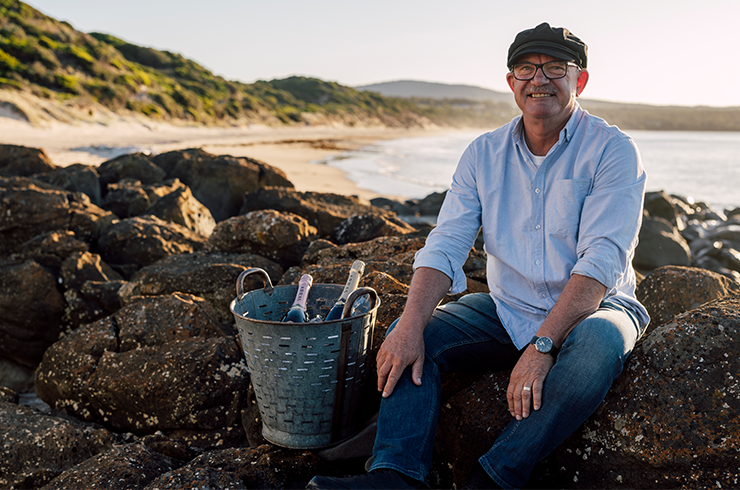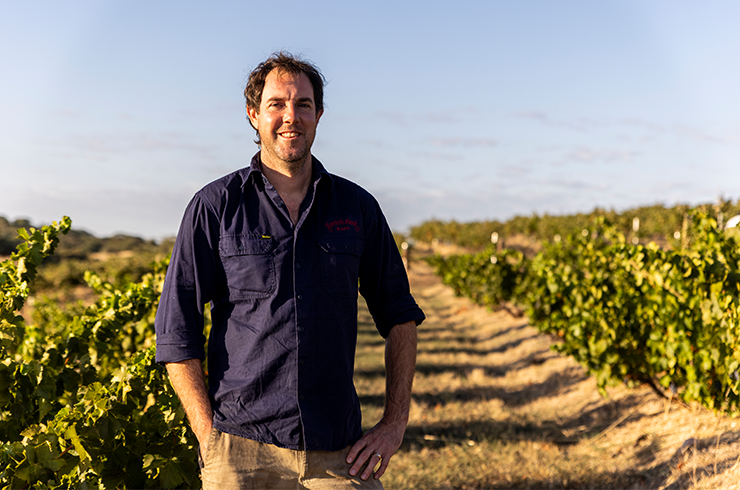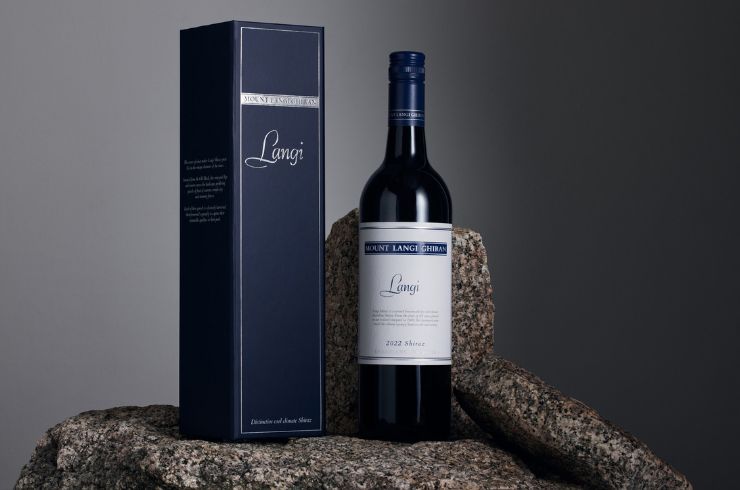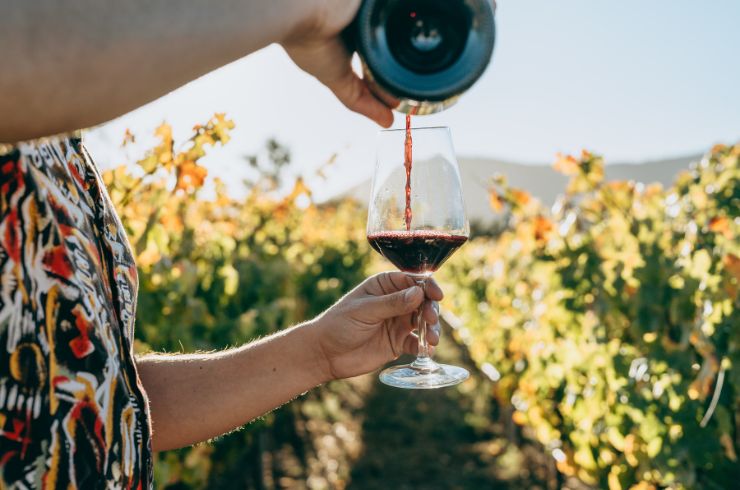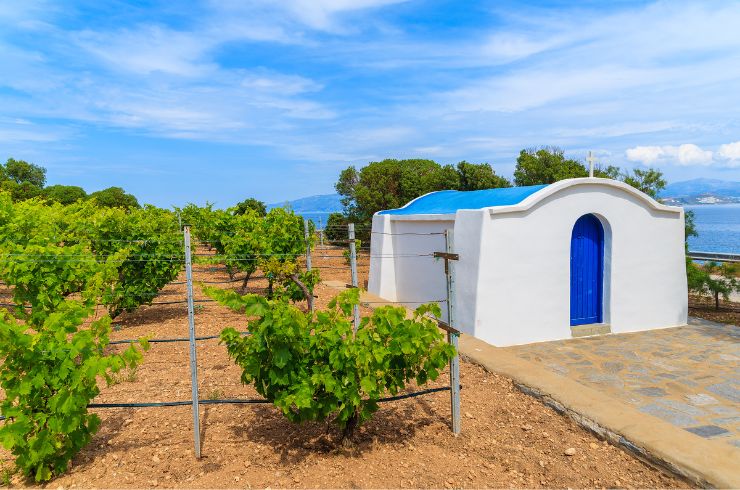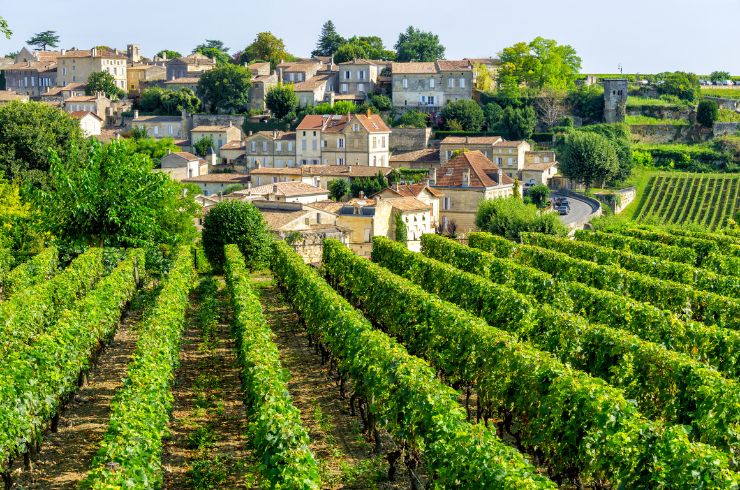The Rhône Valley, in southeast France, is split into two major areas. They are the Northern Rhône, near Vienne (just south of Lyon), and the Southern Rhône Valley, which is near Avignon and close to the Mediterranean.
Due to the significant difference in climate, topography and soil type between the two areas, the varieties grown in the Rhône are many and varied. But, in the north, the rock star red variety is syrah (shiraz).
Despite the cold mistral wind, syrah can ripen in the Northern Rhône thanks to the moderating influence of the deep Rhône River. Vineyards are also largely planted on steeply sloped terraces to maximise sun exposure and therefore fruit ripeness.
The Northern Rhône produces less than five per cent of total Rhône Valley wine, yet it's home to some of its most prized appellations and vineyards, including Hermitage, Côte-Rôtie and Cornas. In Saint-Joseph and Crozes-Hermitage (more than half of all wine produced in the north comes from Crozes-Hermitage), where vines are planted on the flats as well as on more prized hill sites, quality can be inconsistent.
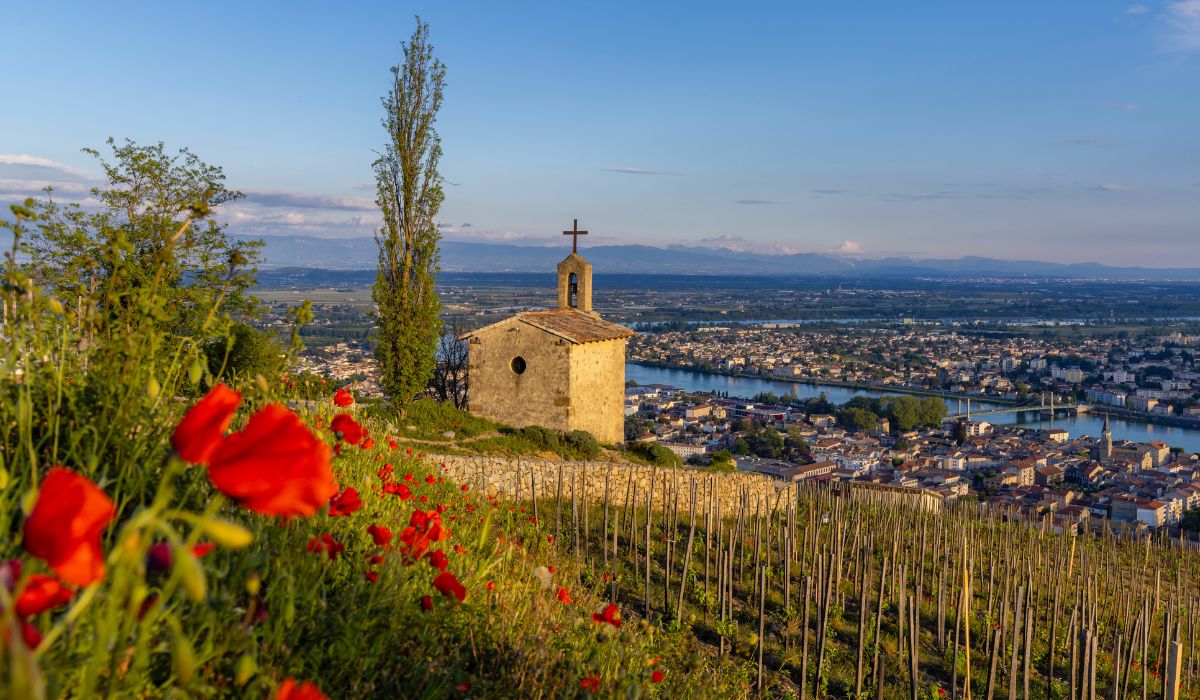
All up, including Château-Grillet and Saint-Péray, there are eight appellations in the Northern Rhône. And while technically a Côtes du Rhône could be produced here, in practice most of the wines come from a single cru – wines produced under the generic appellation usually come from the Southern Rhône.
Learn more about four of the Northern Rhône's major appellations, listed here from north to south.
Côte-Rôtie
Côte-Rôtie (which translates as "roasted slopes") is the most northern appellation in the Rhône Valley. Although only red wines are allowed to be produced here, what distinguishes it from its neighbouring Northern Rhône appellations is that up to 20 per cent viognier is allowed to be co-fermented with the syrah. As in Australia, a little viognier goes a long way, and so in reality the range is usually from zero up to about 10 per cent.
Wines from Côte-Rôtie are deeply coloured, full-bodied and spicy, and the most floral and elegant in the Northern Rhône.
Wine to try: 2019 Jean Luc Jamet Côte-Rôtie Les Terrasses.
Condrieu
The most important white wine appellation in the Northern Rhône is Condrieu (and Château-Grillet, the single-property appellation which sits within Condrieu) just south of Côte-Rôtie.
Today, there are just over 100 hectares of viognier planted here – a far cry from the 10 hectares planted in the 1960s – although at that stage there was less than 15 hectares of viognier planted in the entire world.
In Condrieu, viognier creates wines that are honeyed and unctuous with relatively low acidity. They tend not to last as long as the Rhône whites made from marsanne and/or roussanne.
Wine to try: 2022 E. Guigal Condrieu ‘La Doriane’.
Hermitage
Hermitage is, by far, the most famous Northern Rhône appellation. So famous that Penfolds Grange – Australia’s most historically important wine – was once called Penfolds Grange Hermitage.
The appellation is located on a very steep and spectacular hillside that rises to around 240 metres, behind the town of Tain-l’Hermitage. A small chapel devoted to Saint Christopher, built in the 12th century, sits at the top of the hill.
Hermitage is divided into a number of different sites called lieux-dits which vary in steepness and aspect. Traditionally, the best wines were a blend from these different sites, although there are producers releasing single-site Hermitage.
Syrah accounts for around 75 per cent of plantings, with the white varieties marsanne and roussanne making up the remaining 25 per cent. Up to 15 per cent of these white grapes can be added to the red wine but, unlike in Côte-Rôtie (with viognier) in practice, rarely anyone does this. These varieties are instead used to make white Hermitage, which today accounts for around a fifth of the appellation’s production.
Wine to try: 2020 Domaine Jean Louis Chave L'Hermitage.
Cornas
The most southerly, and therefore warmest, of the Northern Rhône's red-wine appellations – and the only one that must be made from 100 per cent syrah.
Cornas' steeply terraced vineyards rise to an elevation of 400 metres, and are mainly planted on granite. The resulting wines are robust, mineral and firmly structured, and of a similar quality to Hermitage.
Wine to try: 2021 Domaine Clape, Cornas.
This is an edited extract from Halliday Wine Academy's Wines of the World: Europe online course. To learn more about the Northern Rhône, or other European appellations, enrol now.
Expand your knowledge with Halliday Wine Academy
Halliday Wine Academy offers an in-depth view of the Australian and international wine landscapes. Select Introduction to Wine to learn about Australian wine and regions or choose from one of our Wines of the World courses to get to know international wines.
Wines of the World: Europe explores the iconic wines, regions and laws of France, Spain, Portugal, Hungary, Germany and Austria, while Wines of the World: Europe and Beyond delves deeper into Italy, Greece, the Americas, South Africa and New Zealand.
Latest Articles
-
News
Thirty years in the making: how House of Arras became one of Australia's top sparkling wine producers
4 Sep 2025 -
News
Greenock-Creek-Wines
4 Sep 2025 -
Wine Lists
The latest vintage of Mount Langi Ghiran's iconic Langi Shiraz has just been released
4 Sep 2025 -
News
Inside the 2026 Halliday Awards inaugural Wildcard category
3 Sep 2025
